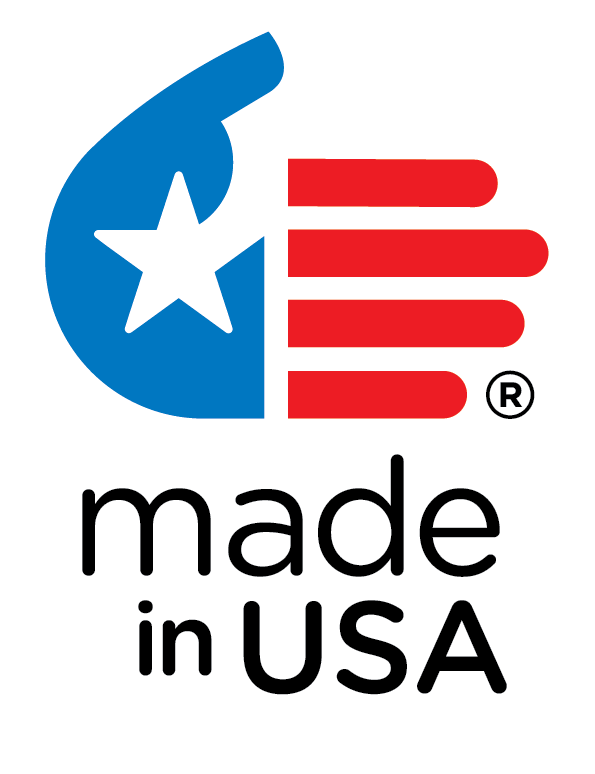Back to Education
Fighting for DNA justice: genotyping software in the Hillary acquittal
M.W. Perlin, "Fighting for DNA justice: genotyping software in the Hillary acquittal", Questioning Forensics: Inside the Black Box, Legal Aid Society, New York, NY, 28-Oct-2016.
Talk
PowerPoint presentation with live audio recording of Dr. Perlin's talk.
Download Handout
Download PowerPoint
Abstract
Last month New York Judge Felix Catena acquitted Oral "Nick" Hillary of murdering twelve-year-old Garrett Phillips, ruling that the evidence was 100 percent circumstantial. Hours later St. Lawrence County District Attorney Mary Rain said she remained 100 percent certain Hillary committed the crime. Perhaps she could not get past the DNA that never was.
The Jamaican Clarkson University soccer coach was targeted from the outset. Police collected 149 items (a few are usual) that the New York State Police crime lab processed for DNA. The lab reanalyzed one particular item – the victim's fingernails – 35 times (once or twice is usual).
Most DNA evidence is a mixture of two or more people. Crime labs routinely fail to correctly interpret DNA mixtures. They wrongly discard informative data as "inconclusive," and report inaccurate match statistics.
Sophisticated statistical analysis can more thoroughly analyze DNA mixture data. Pittsburgh-based Cybergenetics develops objective TrueAllele® software that has been extensively validated.
Unable to interpret their data, in 2013 the State Police asked Cybergenetics to analyze 25 DNA tests conducted on Phillips left fingernail. TrueAllele processing found no connection to Hillary.
The next year, the State Police asked Cybergenetics to analyze 9 newer tests on the fingernail. TrueAllele again produced genotypes unconnected with Hillary. Later TrueAllele processing would show that none of the 149 DNA items implicated Hillary.
But newly elected DA Rain went shopping for another DNA opinion. Rain’s election promise was "Justice for Garrett." In 2015, she found the answer she wanted in the STRmix™ statistical program from New Zealand.
Hillary’s defense team asked Cybergenetics to review the STRmix report. The New Zealand analysts had skirted science in two ways.
While their program was validated for mixtures with contributors as low as ten percent, they claimed reliable results on a fingernail fraction under half a percent. Moreover, they subjectively chose input resembling Hillary's DNA, omitting exculpatory data.
The defense team exposed these DNA defects at a Frye admissibility hearing. Judge Catena found in favor of defendant Hillary, ruling the fingernail evidence inadmissible. The prosecution could not introduce unreliable DNA results at trial.
DNA evidence is powerful and beneficial – but potentially dangerous. Scientists caution that DNA interpretation methods must be empirically validated and objectively applied. President Obama's scientific advisors reiterated these concerns in their recent PCAST report on forensic science.
Bad DNA evidence can be 100 percent persuasive in leading juries to convict an innocent man. DNA discussions with the Hillary prosecutors were futile. They were wholly taken in by flawed evidence.
The acquittal of Mr. Hillary was a minor miracle. A small company and an outside public defender volunteered their resources to find justice for Hillary. The next thousand DNA defendants may not be so lucky.
Announcement
Questioning Forensics: Inside the Black BoxLegal Aid Society: DNA Unit
October 27th & 28th, 2016
Cardozo Law School
New York City
Conference Flyer
Download Flyer